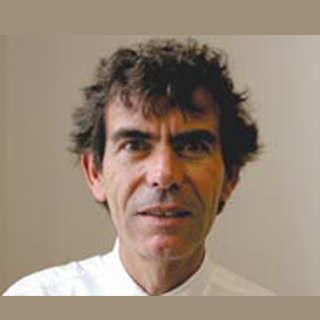
Approximately 20,000 people every year experience heart bypass surgery. The process includes taking a piece of vein from the individual’s leg and grafting it onto a diseased coronary artery to redirect blood around an obstruction or tapering.
The surgeon usually removes a longer section of vein than required for the bypass. The Bristol team effectively separated stem cells from spare veins that patients had seemingly decided to donate. In tests in mice, the cells could fuel new blood vessels to develop into impaired leg muscles. The researchers are now starting to examine whether the cells may aid in getting the heart to recuperate from a heart attack.
Paolo Madeddu, Professor of Experimental Cardiovascluar Medicine and his team in the Bristol Heart Institute (BHI) at the University of Bristol, commented, “This is the first time that anyone has been able to extract stem cells from sections of vein left over from heart bypass operations. These cells might make it possible for a person having a bypass to also receive a heart treatment using their body’s own stem cells. We can also multiply these cells in the lab to make millions more stem cells, which could potentially be stored in a bank and used to treat thousands of patients.â€
Professor Peter Weissberg, Medical Director of the BHF, remarked, “Repairing a damaged heart is the holy grail for heart patients. The discovery that cells taken from patients’ own blood vessels may be able to stimulate new blood vessels to grow in damaged tissues is a very encouraging and important advance.â€
He added that it brings the possibility of ‘cell therapy’ for damaged hearts one step closer and, importantly, if the chemical messages produced by the cells can be identified, it is possible that drugs could be developed to achieve the same end.
The research was published in the leading journal Circulation.
